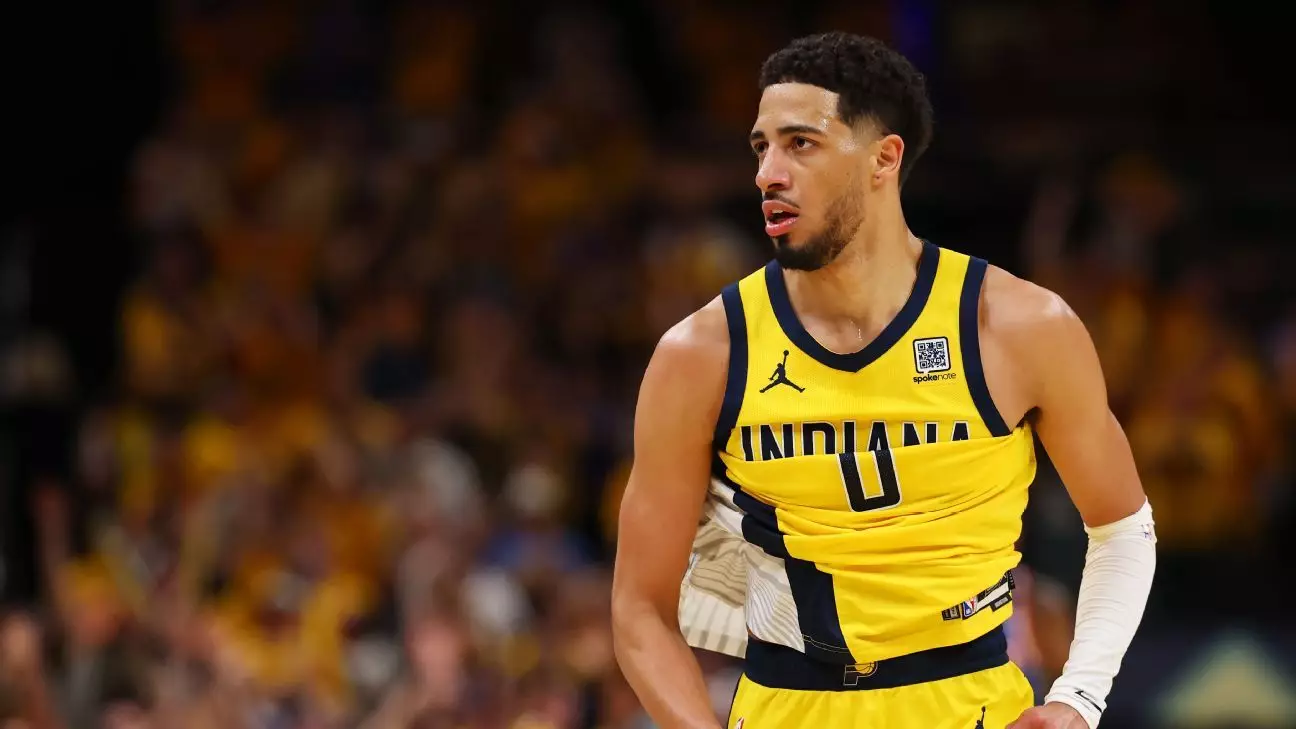The recurring narrative surrounding Achilles injuries in the NBA often points to external factors such as excessive workload, prolonged playing seasons, or wear and tear from relentless schedules. However, deeper analysis reveals that these explanations may oversimplify a complex issue. Despite widespread assumptions, top players like Tyrese Haliburton argue that luck and chance are significant contributors. This perspective challenges the common fixation on preventing injuries through stricter regulations, urging a reconsideration of the root causes.
Tying injuries exclusively to workload ignores individual variability, underlying health conditions, and biomechanical factors that predispose athletes to catastrophic tears. The reality is that many highly conditioned, professional athletes sustain similar injuries despite meticulous training regimens. This suggests that while workload might influence injury probability, it is far from the sole culprit. Instead, the unpredictable nature of biological tissues and their responses to stress often equate to a game of chance rather than systemic failure rooted in scheduling.
Inherent Uncertainty in Sports Medicine
The conversation around injury prevention has long been driven by the desire to identify definitive causes and solutions. Still, Tyrese Haliburton’s cautious stance underscores a crucial truth: sometimes, injuries are simply bad luck. His own experience—playing on a calf strain that masked the severity of an Achilles tear—illustrates how even well-informed athletes with optimal conditioning are vulnerable to unforeseen ruptures.
Furthermore, the notion that increased game load or minute restrictions can significantly curtail injuries lacks conclusive backing, as evidenced by statements from NBA commissioner Adam Silver. The fact that most Achilles tears occur early in the season further supports the notion that these injuries are somewhat stochastic. The injury process may involve undetectable tissue degeneration, micro-damage accumulation, or individual biomechanics that are nearly impossible to control fully.
This inherent unpredictability reveals a fundamental limitation in sports medicine’s ability to prevent all injuries. It asks a critical question: should we accept that some injuries are simply an unavoidable part of high-level sports, or should we chase elusive causes that may never be definitively proven?
The Real Impact of Psychological and Physiological Factors
Examining Haliburton’s own injury sheds light on the nuanced nature of Achilles tears. Despite passing a calf stress test and feeling physically prepared for Game 7 of the NBA Finals, he experienced a devastating rupture. This underscores that pain, perception of readiness, and objective tests may not fully capture the vulnerability of tendons, especially in athletes pushing through discomfort.
Psychological factors such as adrenaline, mental resilience, and competitive drive may also mask physical warning signs. Athletes often push through pain, believing their bodies are stable, only for a catastrophic failure to occur unexpectedly. Additionally, subtle biochemical and biomechanical shifts—such as slight changes in gait, muscle imbalances, or fatigue—could predispose tendons to rupture under the right conditions.
This complexity mandates a shift from simplistic models of injury causation toward a more holistic understanding. Recognizing that injury risk results from a blend of biological, psychological, and situational factors is vital for developing truly effective strategies to mitigate harm. It involves not just managing workload but also fostering awareness, mental health, and biomechanical optimization.
Reevaluating the Approach: Embracing Uncertainty and Advancing Research
Instead of clinging to outdated notions that injuries are preventable with better training or less playing time, the sports community must accept the inherent unpredictability. This acceptance doesn’t advocate neglect but encourages a focus on adaptive recovery protocols, personalized training, and injury management tailored to individual player profiles.
Advanced imaging, biomechanical assessments, and genetic research might eventually allow for better risk stratification, but the current landscape suggests that some injuries will remain beyond full prevention. A shift toward resilience, mental fortitude, and swift, effective treatment becomes paramount.
Moreover, players and teams must cultivate a culture that embraces injury as an inevitable aspect of fierce competition. This perspective can reduce the stigma associated with setbacks and foster a healthier environment where athletes are supported emotionally and physically, regardless of injury occurrence.
By acknowledging the element of chance, the NBA and its players can shift focus from obsessing over causation to emphasizing education, recovery, and mental strength. Only through humility in understanding the limitations of sports science can the industry move toward more sustainable, athlete-centered models of performance and health.


Leave a Reply